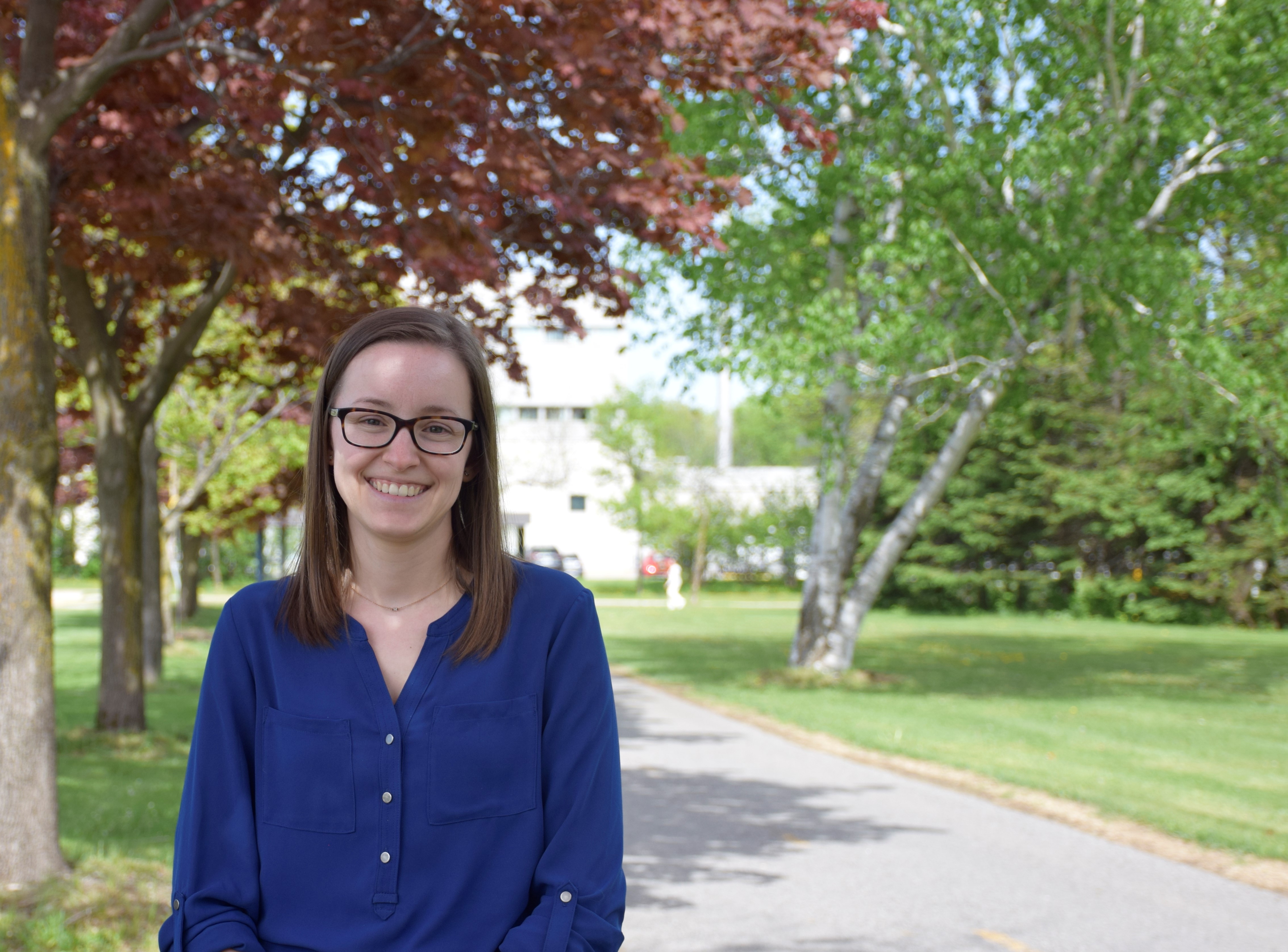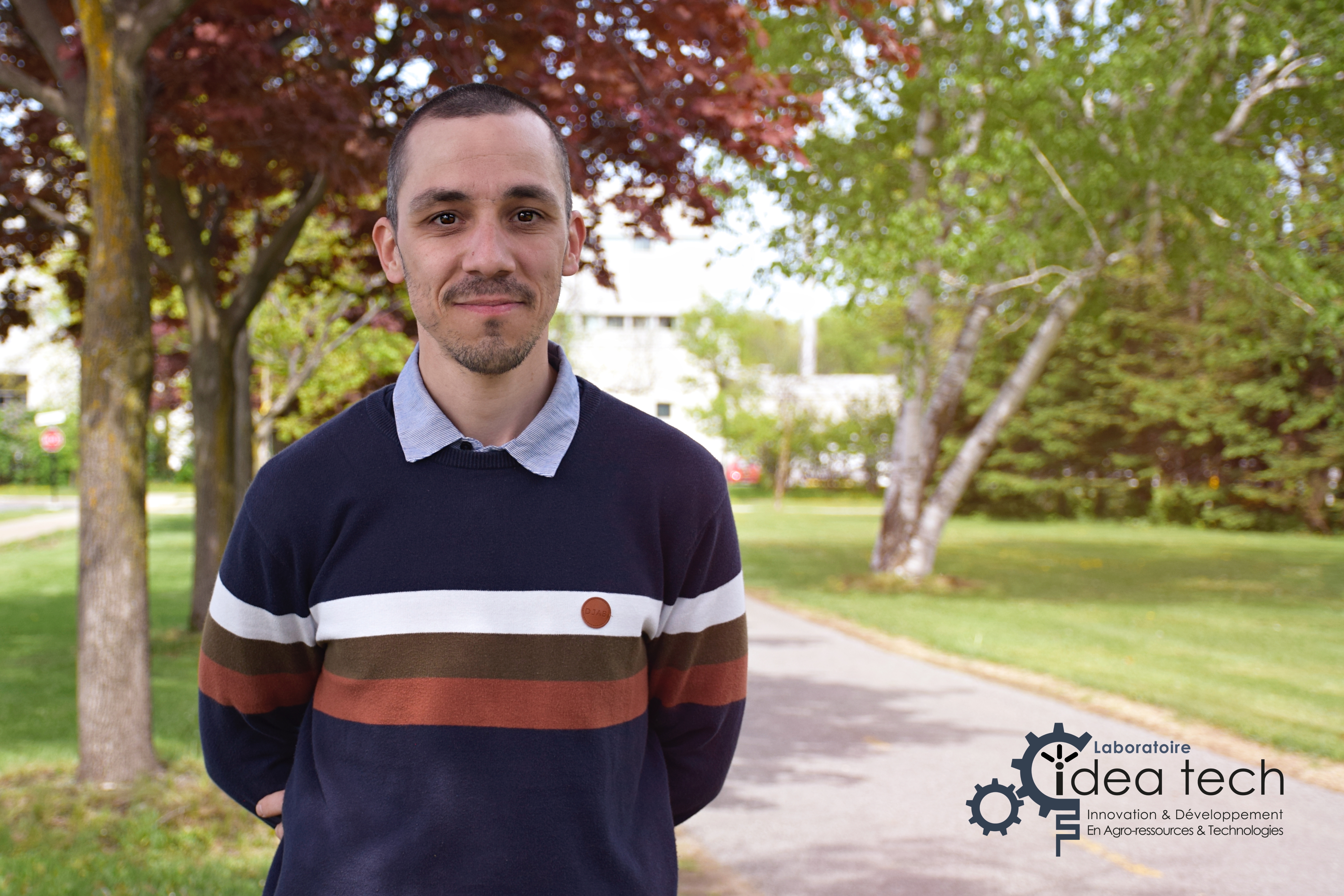Publications
Comparison of HTST and UV-C treatments on the quality attributes of whole milk, skim milk, and whey protein concentrate
- Date de publication : 2025-06-04
Référence
H. Abed, V. Perreault, Y. Lebeuf, R. Gervais, A. Doyen. 2025. Comparison of HTST and UV-C treatments on the quality attributes of whole milk, skim milk, and whey protein concentrate. International Dairy Journal, 169, 106311.
Information Complémentaire
Lien vers l'article: https://www.sciencedirect.com/science/article/pii/S095869462500130X
Mot(s) Clé(s)
Traitement UV-C Pasteurisation HTST Produits laitiers Composés organiques volatiles Profil protéique
Résumé
Ultraviolet (UV-C) treatment is a proposed alternative to conventional high temperature-short time (HTST) processes for milk pasteurization. However, little information is available on its impact on the chemical composition of milk, as well as a comparison with HTST treatment. Consequently, the aim of this study was to compare the effects of HTST (72 °C, 16 s) and UV-C (coil diameters of 5- and 7-mm, 1 or 2 passes) with turbulent flow on the proximate composition, protein profiles and surface properties, as well as off-flavor development in whole milk (WM), skim milk (SM), skim milk generated from whole milk (SMWM), and whey protein concentrate (WPC). Our results on proximate composition showed that only the UV-C treatment with 2 passes using a 7-mm coil resulted in lower lipid content in SMWM compared to HTST. Protein profiles, free thiol content, surface hydrophobicity, and aromatic amino acid levels remained similar between the control, HTST and UV-C treated samples. However, higher alcohol levels were detected in HTST-treated samples, while UV-C-treated dairy fluids had increased levels of free fatty acids and ketones. In addition, hexanal concentration increased only after HTST treatment of WM. This study highlights the potential of UV-C treatment in the dairy industry, demonstrating its ability to preserve nutritional quality while also offering valuable insights into lipid oxidation and the formation of light-induced off-flavor compounds.



